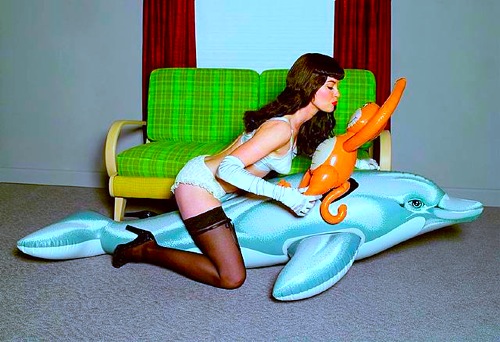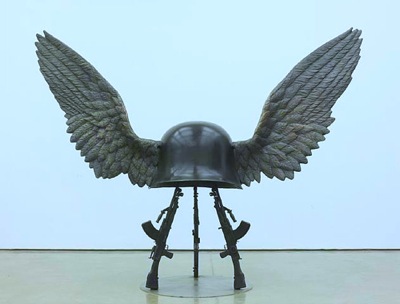
By David Ross. The more I am immersed in the study of art, the more I am appalled by what now passes as art … viscerally, even angrily appalled … and amazed that our culture – the culture of Palladio, Vermeer, what have you – sold its birthright for a mess of pottage that was not even tolerably good pottage. I recall an instructive day of cultural tourism in New York. My wife and I spent the morning at the Whitney, where we joined a sparse gaggle of pierced and alienated art-student types. We could not help noticing the mood of sour dutifulness that seemed to prevail. Nobody was enjoying and nobody was there to enjoy; the purpose was to symbolize one’s commitment to the modern, and to demonstrate one’s figurative manning of the barricades in the war against the bourgeois. After a while, I said to my wife, “Let’s get the hell out of this morgue.” We tried a palette cleanser of French pastry at Payard (see our wedding cake here), but the rancid taste was still in our mouths, and we felt the need for the stronger mouthwash of the Met. We wound up looking at Georgian furniture. Amid the gracefully tapering forms and magnificent burnishes, the public mood was all delight. Vacationing soccer moms stood before an impossibly lovely escritoire or settee and exclaimed, “How pretty! Kids, look at this one! Ooh, wow!”

The problem, just to be clear, is not modern art, but art that has abandoned the refinement of the hand and eye that marks the aesthetic. The problem is art’s increasing identification with aims that are not aesthetic at all, but political, sociological, commercial, sensational, and self-promotional, with impulses that are subversive but not beautiful in their subversion (as say Baudelaire and Toulouse-Lautrec were beautiful in their subversion). Turner has much in common with moderns like Jackson Pollock or Mark Rothko; he has nothing in common with a postmodern like Damien Hirst.
I constantly search for a definitive diagnosis of what’s gone wrong. Tom Wolfe’s The Painted Word (1975) is lucid and amusing, but even better, because more pissed off, is Theodore Dalrymple’s essay “Trash, Violence, and Versace: But is it Art?” (see here), a review of a 1998 exhibition called “Sensation.” The Royal Academy of Art, historically a bastion of the staid, was the offender in this case, which suggests how strangely and thoroughly the cultural life of the West has been perverted. Dalrymple is particularly roused by the vapid amorality of Marcus Harvey’s portrait of the mass-child-murderer Myra Hindley. The portrait is rendered in children’s handprints, and the parents of the murdered children naturally protested (not that anyone cared). Dalrymple comments: Continue reading Modern Art